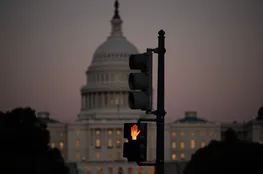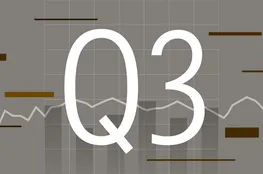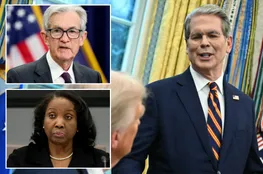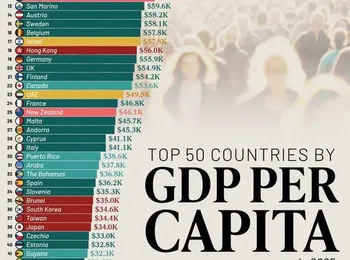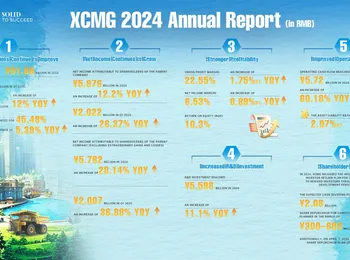President Donald Trump recently announced new blanket tariffs on numerous countries, setting an August 1st deadline for those unable to negotiate trade deals, leading to increased rates as previously announced in April. White House senior counselor for trade and manufacturing, Peter Navarro, discussed these changes with Scripps News, stating, "What we're finding, which is so interesting, is that these countries around the world which we run large trade deficits with, have it so good sticking it to us that they're reluctant to give up that advantage. So what the president is doing with these letters is basically saying, 'well, here's what we're going to charge you for the privilege of entering our market.'" Navarro highlighted the positive impact of these tariffs on American consumers, asserting, "The good news for the American people is the process is working very well. We're collecting billions upon billions of revenues from the tariffs already. They are being used essentially to give you things like tax cuts and it's just going to get better and better as these deals get unfolding."
Navarro expressed critical views regarding the Federal Reserve’s decision to maintain interest rates. He argued, "We're in a situation where the Federal Reserve arguably has the Fed funds rate, its short-term interest rates, up probably about 50 basis points or half a percentage point at least, higher than it otherwise should be." He explained that this elevated rate is negatively impacting economic growth, stating, "A half a point of interest rates too high is basically a quarter to a half a point of GDP growth which is depressed. Now, what does that mean? That means 750,000 jobs that won't created when those interest rates are high because we have to finance our debt, 20 to 30% of it, with short term rates. That's billions upon billions of dollars of additional debt that's added because of these higher interest costs." The implications of these higher rates extend to increased borrowing costs for businesses and government, potentially hindering investment and job creation.
Navarro’s comments underscore the complex and often conflicting perspectives surrounding trade policy and monetary policy, with a central focus on the potential benefits of tariffs for American consumers and the concerns about their impact on broader economic growth. The administration’s strategy appears to be centered on leveraging tariffs to reshape trade relationships and stimulate domestic production, while simultaneously addressing concerns about the Federal Reserve’s policies. The ongoing negotiations with trading partners will be crucial in determining the long-term effects of these tariffs and the overall economic landscape. Understanding the rationale behind these policies—aiming to reduce trade deficits and bolster domestic industries—is essential for assessing their potential consequences. The administration’s approach reflects a belief that targeted trade actions can generate substantial economic benefits, but the actual outcomes remain subject to considerable uncertainty and depend on the willingness of other nations to engage in reciprocal adjustments. Ultimately, the success of this strategy hinges on achieving meaningful trade agreements that address longstanding imbalances and promote fair competition.
The current situation presents a dynamic interplay between trade and monetary policy, requiring careful monitoring and adjustments to mitigate potential risks and maximize opportunities for economic growth. The administration’s emphasis on collecting tariff revenues and utilizing them for tax cuts reflects a commitment to supporting American consumers and businesses, while also signaling a proactive approach to addressing economic challenges. The future trajectory of these policies will undoubtedly shape the American economy for years to come, demanding continued scrutiny and informed debate.




